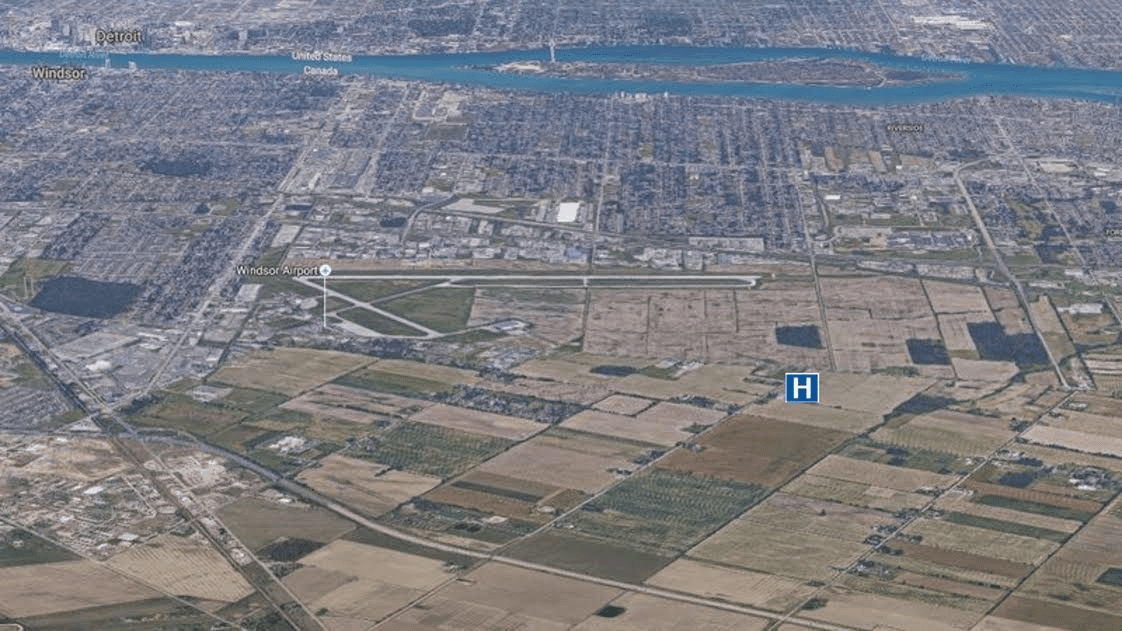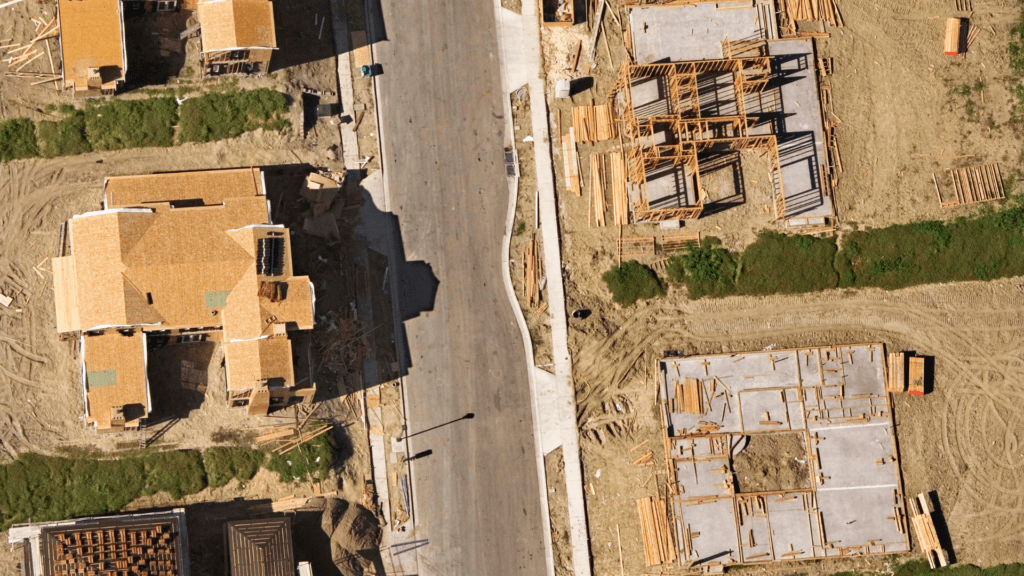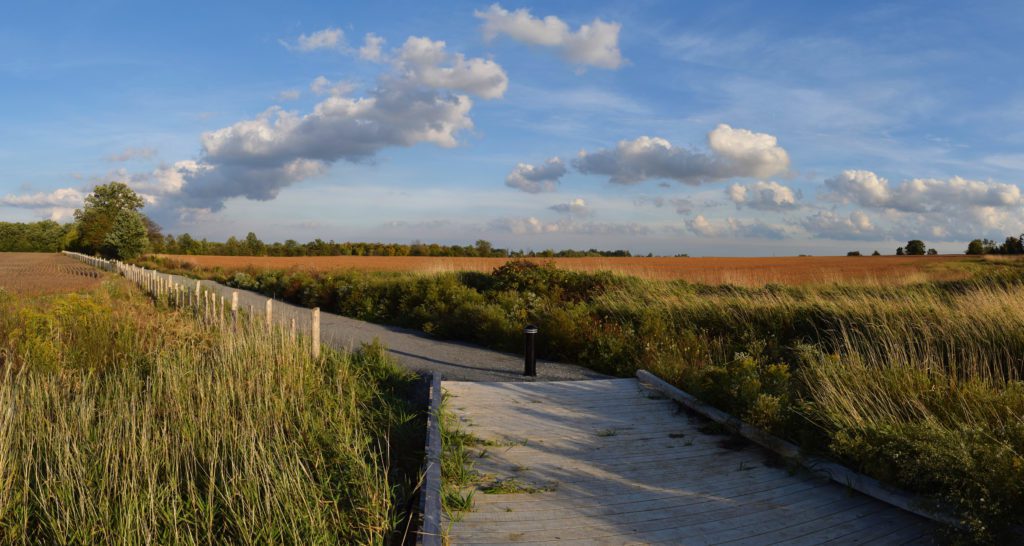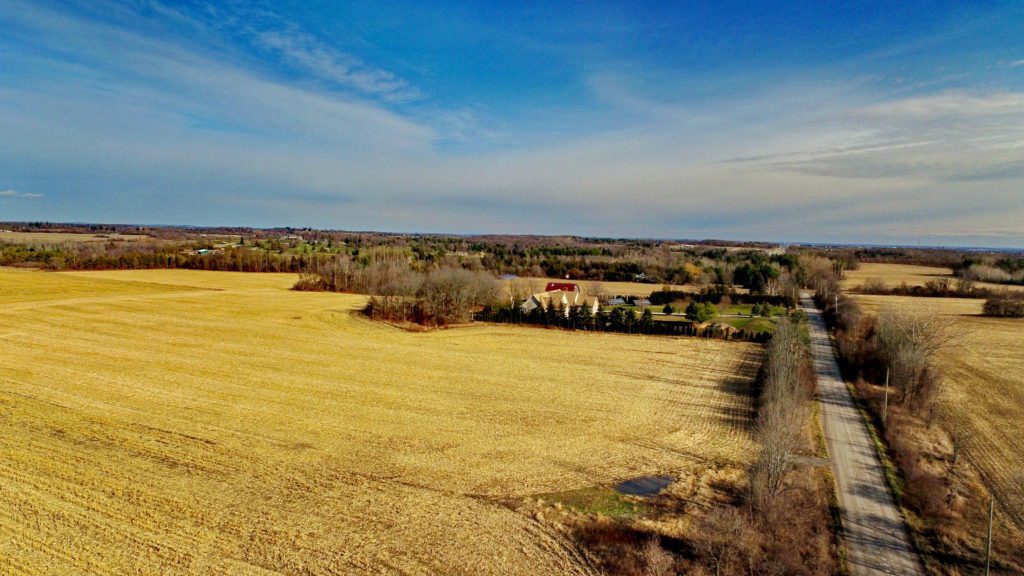This is a guest blog by Philippa von Ziegenweidt, a founding member of Citizens for an Accountable Mega-Hospital Planning Process (CAMPP), a grassroots citizens’ group that formed in 2014 in response to using 60 acres of greenfield land for Windsor’s planned new mega-hospital.


Ontario’s recent announcement to curb urban sprawl in the Greater Golden Horseshoe seemed like news from another world to the residents in Windsor-Essex. If the province was serious about land use protection, then how could it approve plans to build a new greenfield mega-sprawl hospital beyond the city’s airport? Not only will this hospital gobble up prime farmland, but the proposal addresses no sustainability or climate change requirements now commonplace in 2017.
Residents of the greater Windsor Metropolitan Area are presently served by two hospitals in the core. Under the plan, they will be replaced by one facility 13km from the city centre. Completely ignoring the government’s own requirements for compact urban design and transit oriented development, it will put Windsor on the map for having the most distant hospital in Canada. Highway driving will increase and productive farmland will decrease; in a region deriving more GDP from agriculture than any other in Ontario.
Studies point to active transportation as a means to greater community health. Yet this hospital will not be accessible by walking, cycling or transit. It seems like health care administrators and provincial bureaucrats are operating in a decision-making silo divorced from Ontario government priorities that support healthy, compact community development, adaptive reuse, and elimination of barriers to access for seniors and people with disabilities.
The 60 acre parcel earmarked for the project (“the beanfield”) is part of a larger agricultural area annexed in 2003 from neighbouring Tecumseh to accommodate future population growth. After three subsequent census cycles, no meaningful growth is on the horizon for at least 25 years. Of the fewer than 60,000 additional residents expected in the region by 2041, all will be seniors, with 90 per cent being older than 75.
Many are questioning the need for greenfield construction. It’s completely contraindicated by data made available by Vacant Windsor, a citizens’ initiative that’s mapping vacant lots in Windsor. This project highlights a monumental problem with unwanted housing stock, commercial properties, empty lots and brownfield industrial land in the core. The following map shows all vacant and abandoned properties.
Objections to the proposed hospital location go far beyond the unsustainable use of farmland. The plan will leave downtown residents with urgent care, and supports for mental health, addictions and chronic disease, but no overnight stays or services for serious conditions. There are good reasons to expect the urban decay doughnut to expand as those with means continue to follow the money and amenities on the city’s periphery.
The infrastructure costs of greenfield development were ignored when selecting the hospital site. Decision makers overlooked a 77 acre infill site and a 46 acre brownfield site, both with sufficient servicing and road infrastructure to serve a large institution. The former scored highest in the site selection, including the best overall accessibility for the catchment population. In the final scoring, it lost out for a land price differential of less than $2M. The additional servicing costs will be paid by taxpayers.
“A little bit confounding,” is the understated way Toronto-based urbanist Shawn Micallef, a Windsor export, describes the disturbing contradictions in the provincial support for the project. He believes it’s the most critical issue facing the region. Thousands of concerned residents agree.
If you think hospitals should be in places where people live and not on prime farmland, please share this blog.









